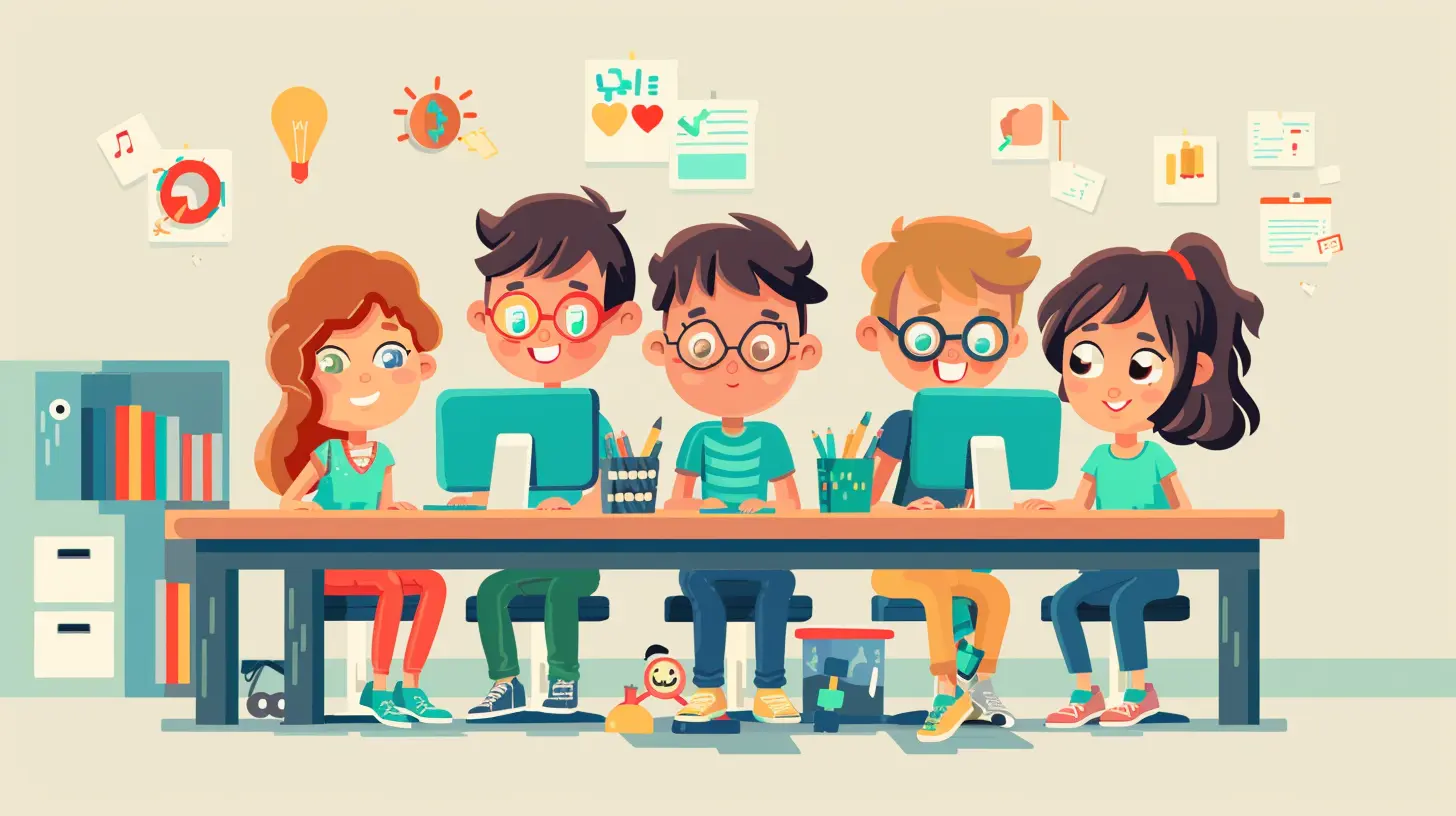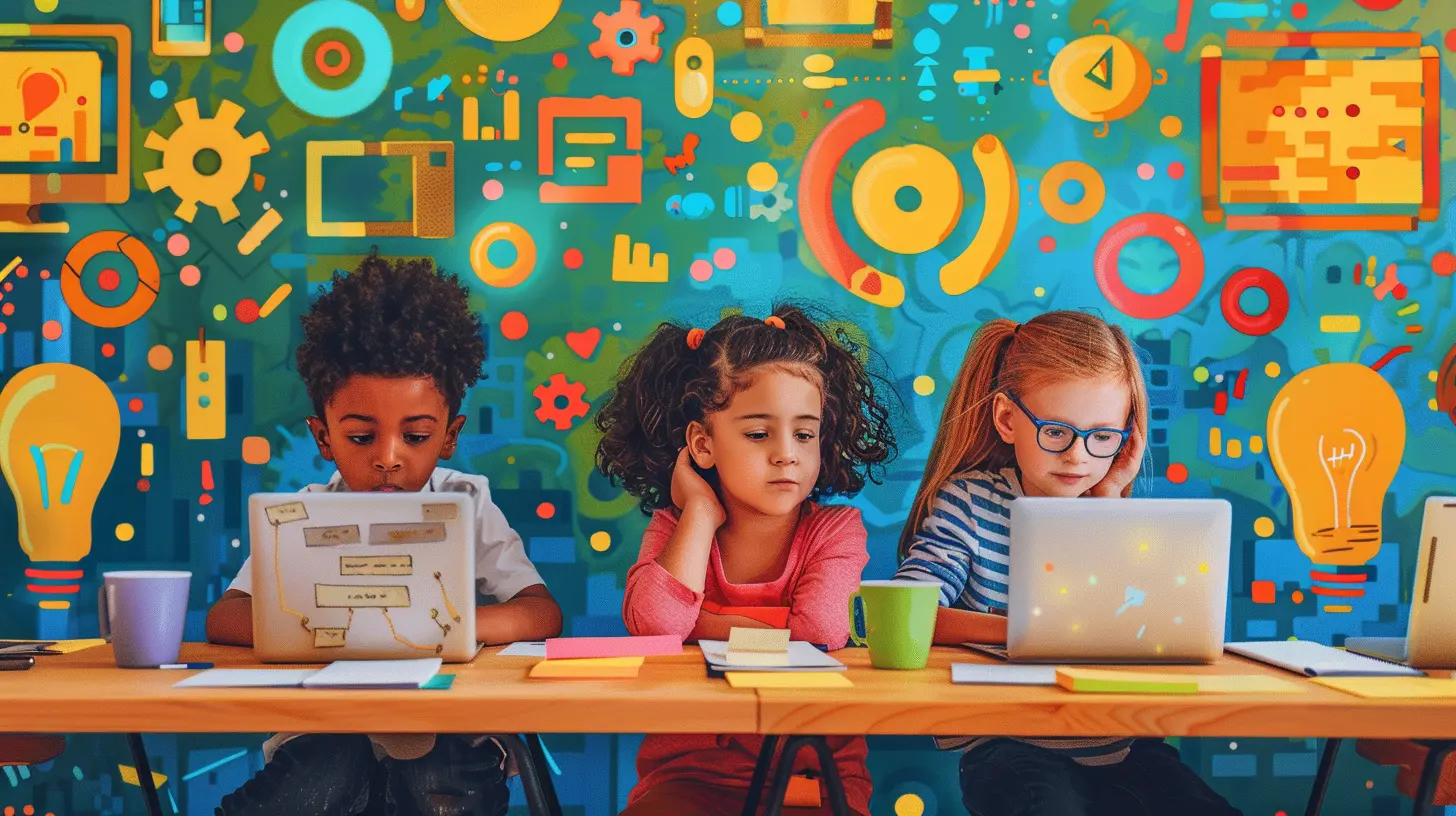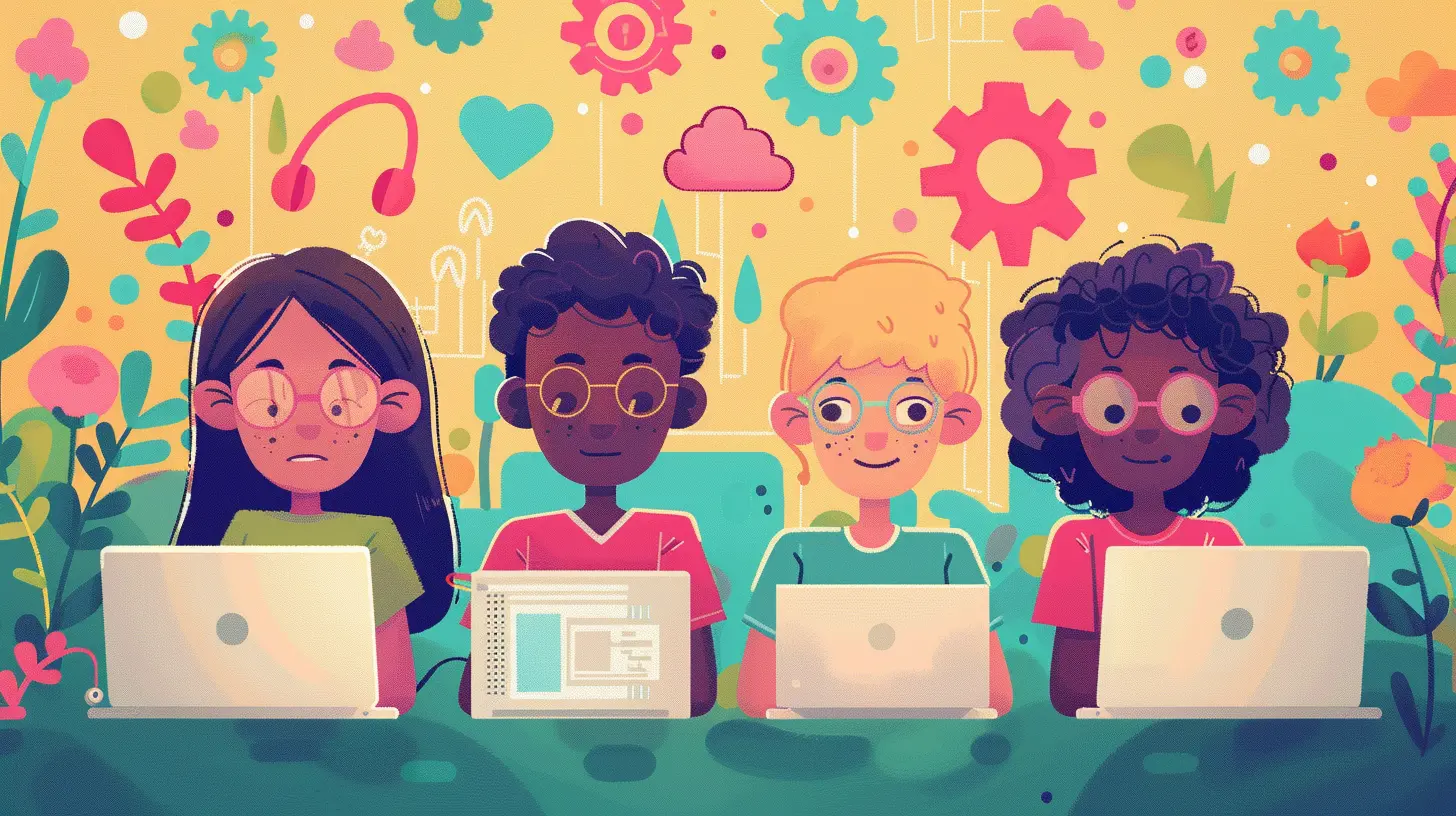10 December 2024
Coding. Just the word alone can seem intimidating, right? For many, it conjures up images of complex algorithms, rows upon rows of symbols, and a sense of mystery. But what if I told you that coding is not as complicated as it seems? And more importantly, what if I told you that teachers play a HUGE role in making coding not only accessible but also enjoyable for students? Yep, that’s right! Teachers are the secret sauce in fostering a love for coding.
In today’s world, where technology is advancing faster than a cheetah on roller skates, coding has become an essential skill. But it's not just about preparing students for future jobs; it's about nurturing creativity, problem-solving, and innovation. So, how exactly can teachers spark that passion for coding? Let’s dive deep into the role of educators in this exciting venture.

Why Coding Matters More Than Ever
Before we get into the nitty-gritty of teachers' roles, let’s quickly touch on why coding is such a big deal. Coding isn't just for the stereotypical "tech genius" anymore. It’s become a universal language, like math or English, that almost anyone can benefit from learning.Think about it: when students learn to code, they aren’t just learning how to create websites or apps. They’re developing critical thinking, logic, and creativity. It's like giving them a toolkit to solve problems, not just in the digital world but in real life too. Coding is the future (and present), and the earlier students start, the better equipped they'll be for whatever comes next.
Now, who’s responsible for making sure students not only learn coding but LOVE it? Teachers.

Teachers as Gatekeepers of Technology
Ever heard the saying, “A great teacher can open doors that no one else can”? Well, when it comes to coding, teachers are the gatekeepers. They hold the key to making coding approachable and fun for students.Teachers aren’t just responsible for teaching the syntax of a programming language. They’re tasked with:
- Breaking down barriers: Many students may feel overwhelmed by the idea of coding. Teachers help dismantle these fears by making coding less abstract and more relatable.
- Creating a safe space for failure: Coding is all about trial and error. Teachers create an environment where students feel comfortable making mistakes and learning from them.
- Nurturing curiosity: By encouraging students to explore and experiment with code, teachers help foster a mindset of curiosity and lifelong learning.
But how do they do all of this? Let’s take a closer look.

Making Coding Fun (Yes, It’s Possible!)
Remember the first time you tried something new? Maybe it was riding a bike or learning to play an instrument. At first, it was probably a bit frustrating, right? But when you had someone guiding you—someone who made the learning process fun—it became much easier. The same goes for coding.1. Gamification: Turning Learning into Play
One of the most effective strategies teachers use to foster a love for coding is gamification. This involves applying game-like elements (think points, levels, challenges) to the learning process. Coding doesn’t have to be all serious and textbook-like; it can be playful and engaging.Teachers can introduce coding through platforms like Scratch or CodeCombat, where students create their own games or stories using code. By doing this, students don’t feel like they’re doing “homework”; they feel like they’re playing. And let’s be real—who doesn’t love games?
2. Real-World Applications: Making Coding Relevant
One way teachers make coding more relatable is by showing students how coding is used in real life. Whether it’s creating a simple website, a mobile app, or even programming a robot, students get excited when they see tangible results from their efforts.For instance, a teacher might challenge students to create a weather app that predicts local conditions or a game that simulates a rocket launch. When students can connect coding to real-world applications, it becomes more than just a subject—they see it as a tool for creation and innovation.
3. Collaborative Projects: Teamwork Makes the Dream Work
Teachers often incorporate group projects into coding lessons. Why? Because coding, like many things in life, is better when done together. When students collaborate on coding projects, they learn from each other, solve problems together, and share the excitement of success.A teacher might assign a project where students work together to build a website or develop a simple app. By doing this, students not only learn coding but also develop collaboration and communication skills. It’s a win-win!

Encouraging Problem-Solving Mindsets
Coding is all about problem-solving. Every piece of code is essentially a solution to a problem, whether it’s how to make a character jump in a game or how to sort a list of numbers. But solving problems isn’t always easy—sometimes it’s downright frustrating. This is where teachers play a critical role.1. Cultivating Perseverance
One of the most valuable lessons teachers impart through coding is perseverance. When students first start coding, they’ll inevitably run into bugs and errors. It’s part of the process. But instead of getting discouraged, teachers encourage students to keep trying, testing different solutions until they find the right one.Think of it like learning to ride a bike. You’re going to fall a few times, but with someone there to cheer you on and offer tips, you eventually find your balance. The same goes for coding. Teachers are there to guide students through the bumps in the road and help them build resilience.
2. Encouraging Creative Solutions
Coding isn’t just about following a set of instructions; it’s about thinking outside the box. Teachers encourage students to come up with creative solutions to problems, often by presenting them with open-ended challenges. For example, a teacher might ask students to create a program that generates random art. There’s no “right” answer, which allows students to flex their creative muscles.By fostering a creative approach to coding, teachers help students see coding not as a rigid, technical skill but as a form of self-expression.
Personalizing the Learning Journey
One of the great things about coding is that it’s incredibly adaptable. There are countless programming languages, platforms, and tools available, which means there’s something for everyone. A good teacher knows that one size doesn’t fit all when it comes to learning.1. Tailoring Lessons to Student Interests
Great teachers take the time to get to know their students and tailor coding lessons to their interests. If a student loves video games, why not introduce them to game development? If another student enjoys storytelling, platforms like Twine can help them create interactive stories using code.By aligning coding lessons with students’ passions, teachers make the subject more engaging and relevant. It’s like finding the perfect seasoning for a dish—it makes the whole experience more enjoyable.
2. Providing Individualized Support
Not every student will grasp coding concepts at the same pace, and that’s okay! Teachers play a crucial role in providing individualized support to students who may need a little extra help. This might mean offering one-on-one tutoring, providing additional resources, or simply offering encouragement.The goal is to ensure that every student feels supported and confident in their coding abilities, no matter where they are on their learning journey.
Teachers as Lifelong Learners
One of the most inspiring aspects of teaching is that it’s a two-way street. While teachers are helping students learn to code, they’re also learning themselves. Coding is constantly evolving, with new languages, frameworks, and tools emerging all the time. Great teachers stay curious and continue to expand their knowledge so they can better support their students.By modeling lifelong learning, teachers instill in their students the importance of staying curious and never being afraid to dive into new subjects.
The Ripple Effect of a Passionate Teacher
Here’s the thing: when a teacher is passionate about coding, that enthusiasm is contagious. When students see their teacher excited about coding, they’re more likely to approach it with the same level of excitement. It’s like a ripple effect—one spark of passion can ignite a whole group of students.And who knows? One inspired student might go on to develop the next big app or solve a global problem through code. That’s the power of a passionate teacher.
Conclusion: Teachers Are the Key to Unlocking a Love for Coding
Coding might seem daunting at first, but with the right guidance, it becomes a tool for creativity, problem-solving, and innovation. And at the heart of that transformation? Teachers.Through their encouragement, creativity, and support, teachers play an essential role in fostering a love for coding in students. They break down barriers, make learning fun, and inspire students to think critically and creatively. Whether through gamification, real-world projects, or personalized support, teachers are the superheroes of the coding world.
So, if you’re a teacher reading this, remember: you have the power to unlock a world of possibilities for your students. And if you’re a student? Never underestimate the impact a great teacher can have on your coding journey.













Penelope Love
This article highlights a crucial aspect of education. Teachers play a vital role in inspiring students to embrace coding, fostering creativity and problem-solving skills.
February 16, 2025 at 4:35 AM